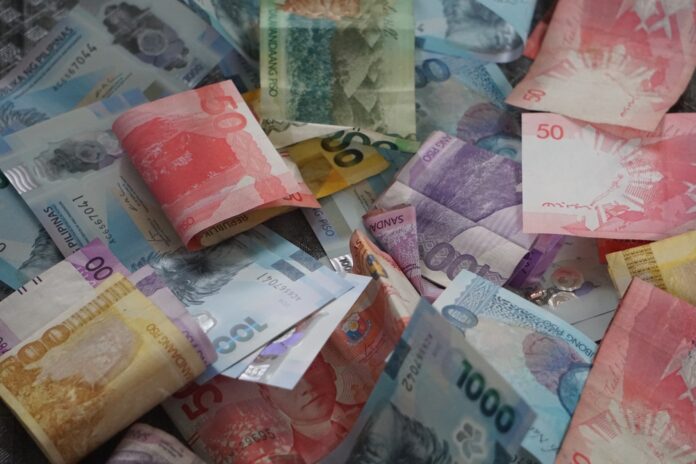The Bangko Sentral ng Pilipinas (BSP) expects inflation in September to range between 1.5 percent and 2.3 percent, with price pressures from more expensive rice, fish, and domestic fuel likely to be partly offset by declines in vegetable and meat prices and lower electricity rates.
This projection continues a trend of subdued inflation, with price growth consistently falling below the BSP’s 2 percent to 4 percent target since March. After starting the year within range—2.9 percent in January and 2.1 percent in February—inflation dropped to multi-year lows, including 1.3 percent in May. The persistent undershooting raises concerns about weakening demand and potential deflationary risks, adding complexity for monetary policymakers.
While the BSP maintains its forecast that inflation will remain within target over 2025–2026, it has acknowledged recent deviations and taken action. In June, the central bank cut its key policy rate to 5.25 percent, signaling a shift toward monetary easing in response to the soft inflation environment.
These developments are critical not only for monetary authorities but also for businesses and households. For firms, prolonged low inflation may signal tepid demand, while for consumers, it may affect purchasing power and expectations. Households could also feel the impact through potential shifts in borrowing costs and income growth.
The BSP emphasized it will continue monitoring domestic and global developments as part of its data-dependent policy approach, amid forecasts from institutions like DBS projecting inflation as low as 1.7 percent for the year.







